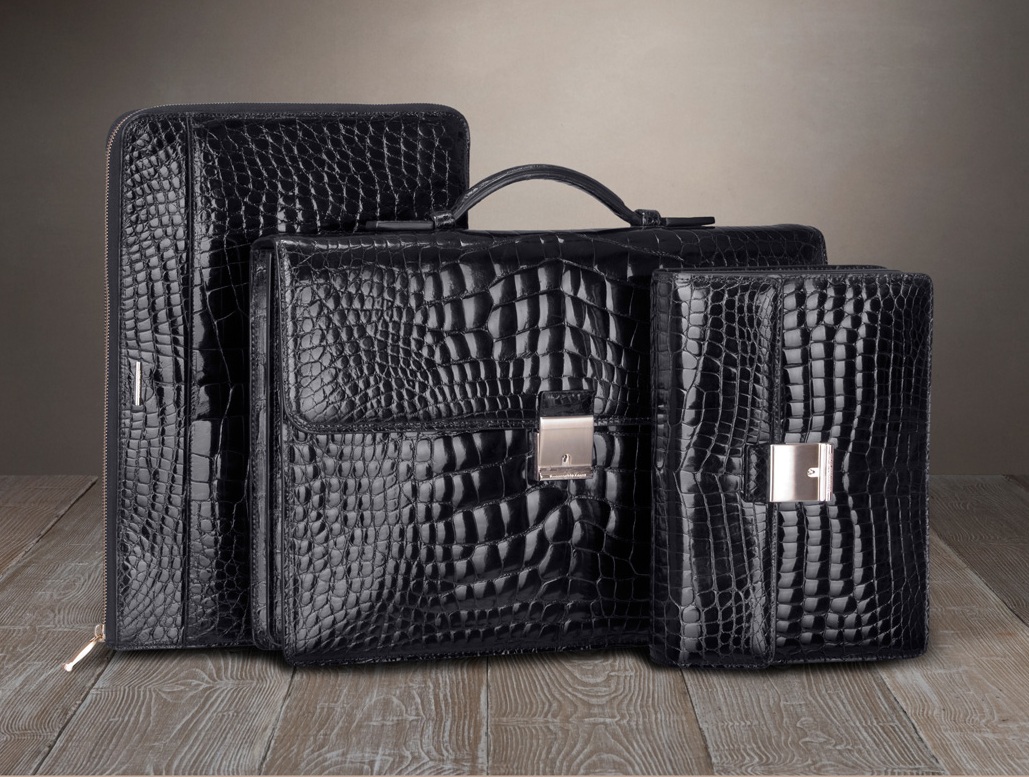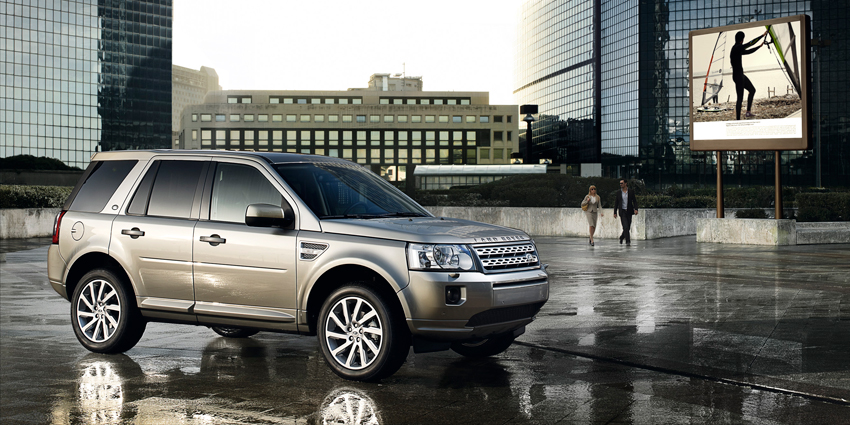
Our bi-weekly analysis of the must-read luxury news headlines
Like many of its counterparts in Italy and France, Burberry often trades on the nationality of its brand. ‘Britishness’ has been branded into the name of both perfumes and diffusion lines (called ‘Burberry Brit’)
Even the most seasoned luxury goods executives seem shocked when reminded of the fact that Dana Thomas’s landmark tome was published a mere four years ago. In her controversial exposé, ‘Deluxe: How Luxury Lost Its Lustre’, Thomas ruffled the feathers of many high-profile industry insiders who, perhaps for the first time, realised that the proud European provenance of their products would henceforth be challenged by a more sceptical, better informed and occasionally enraged consumer.
Thomas had let the cat out of the bag and many journalists and documentary film makers took up where she left off. Several of the big brands banking on ‘Made in France’ or ‘Made in Italy’ were exposed as using cheap labour in developing nations to produce entry level products and sometimes even to assemble their more iconic pieces. Executives across the continent were caught off guard.
When the Financial Times, for instance, prodded Burberry’s then finance director about this issue the same year that Thomas’s book hit the shelves, the firm’s executive came across as defensive and genuinely perplexed. “Because we’re not making the 25% of our polo shirts that were once made in Britain, that suddenly makes us ‘non-British’? It doesn’t make sense,” she said.
But for one very painful and protracted moment, the public perception of luxury brands had indeed hit an all-time low, thanks to their less-than-transparent approach to declaring true provenance.
“ For a very painful and protracted moment, the public perception of luxury brands had indeed hit an all-time low ”

Ermenegildo Zegna was one of the few brands that escaped criticism because of its commitment to producing along an Italian supply chain
What a difference four short years have made toward changing the perception of the “made in” label among luxury consumers. Indeed, it seems as if 2011 heralded a new era – one that it was marked yet again by a piece in the FT, this time entitled: ‘The real value of being ‘Made in Italy’’.
“A decade ago, many economists and industrialists, in Italy and outside, were convinced that the myriad small and medium-sized businesses that make up the backbone of the country’s economy were in terminal decline. The Italians could not compete with rival manufacturing bases in Asia. Their productivity was too low and too costly. They did not have the infrastructure or heft to export their goods in the volumes necessary to ensure their survival,” wrote the author.
“The industrial clusters around which Italian excellence had developed for centuries – cashmere in Biella, sunglasses in Belluno, handbags in Prato, ceramics in Grottaglie – no longer provided the support and synergies to sustain themselves. Except that, 10 years on, reports of the demise of “Made in Italy” have proved to be greatly exaggerated.”
In short, what the piece posits is that the “Made in Italy” label may now represent less volume but it also represents greater value than it had before. “[The Italians] repositioned themselves at a higher level because there was no point in competing with China in terms of low-priced goods," confirmed Victor Massiah, chief executive of UBI Banca.
It’s a view now echoed by many. At the Istanbul Fashion Apparel Conference held a few weeks ago, Just-Style attributed a similarly upbeat comment to Paolo Zegna, president of the Ermenegildo Zegna Group:
“What has happened to a flourishing industry in Italy in the last five years was a big stroke to the country. After the major stroke that was caused by the entrance of China into the developed world, the Italian industry has been able to get up, find its own new way to recover. Today, we may be smaller but we are stronger with a potentially stronger future,” he said.

Prada’s open and honest country of origin labels which were introduced late last year
Perhaps it was this renewed sense of confidence among luxury brands which prompted Miuccia Prada to flaunt convention and take a unilateral and groundbreaking decision to sew country of origin labels into her brand’s products a few months earlier. Prada suggested to the International Herald Tribune’s Suzy Menkes that she hoped her powerful statement of ‘made in Peru’, ‘made in India’ and ‘made in Japan’ might persuade the rest of the luxury industry to follow suit – and indeed to reflect on its reliance of associating quality with perceived provenance. The designer herself dubbed the move, “taking away hypocrisy.”
The latest development in consumers’ rapidly changing perspectives on provenance sees them equate the production of luxury goods in certain home countries with a patriotic selling point as well as a value-added proposition. Over the weekend, The Ottawa Citizen highlighted this with a case study entitled: “Made in America: A hook for wealthy shoppers.” Crucially, though, this sort of provenance is seen as an add-on, rather than a substantial purchasing motivator.
The fact is that consumers from Michigan to Marseilles have now woken up to the fact that many of their luxury goods are no longer made locally in the old world. Over the past few years they have come to terms with the 21st century reality of multinational enterprises, global supply chains and the diverse and improved level of manufacturing quality in developing countries. It’s why the likes of Forbes can now matter-of-factly publish headlines like the one it did on Friday, “It’s Official: Land Rover Now Made in India”, without anyone so much as batting an eyelash.
It is because nowadays, Land Rover can be pretty sure that most of its ordinary customers either don’t know or don’t care that the reason the luxury automaker’s new model is being partly produced in India is because of cost efficiencies set by its new owners, Tata, an Indian conglomerate. What they do expect is both transparency about provenance and superior quality at the right price. And they increasingly understand that what this means, more often than not, is the outsourcing of at least some stages of a luxury products’ manufacturing process to the far corners of the earth.

Land Rover’s 2011 Freelander 2, which began being partially assembled in India last month

